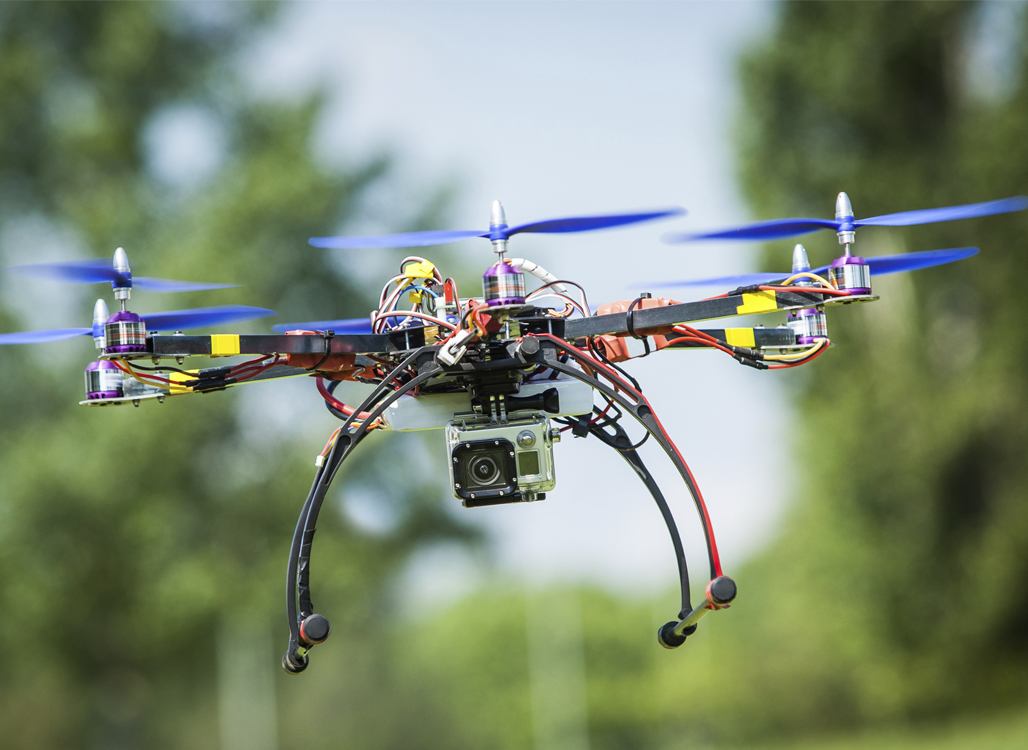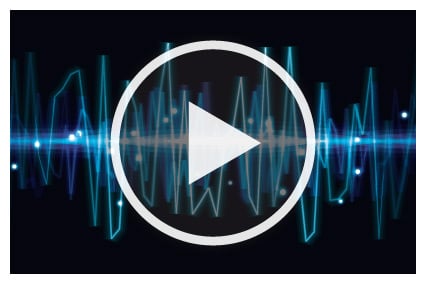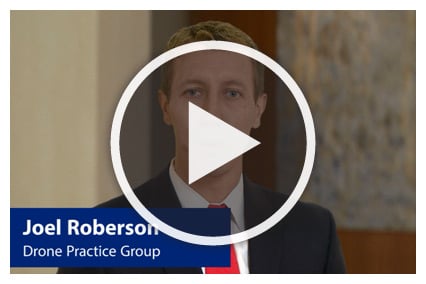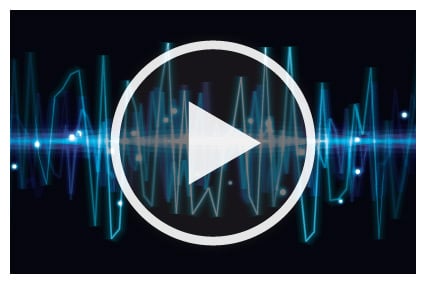Drone Practice
- Holland & Knight is one of the first law firms to have established a drone practice in the U.S.
- The legal issues surrounding drones, also known as "unmanned aircraft systems" or UAS, cut across many legal practices. Our multidisciplinary Drone Team has more than 20 lawyers and lobbyists who have been engaged by clients to provide support on federal aviation policy, flight safety, crash investigations, spectrum, public policy, First Amendment rights and privacy issues.
- We assist drone manufacturers, drone operators, drone service providers, investors, and state, local and Tribal governments in shaping the legal, regulatory and policy environment for the future of drone aviation. We also work with the drone industry and key stakeholders to address the safety, reliability and privacy concerns that government regulators have as the drone economy takes flight.

Overview
The U.S. has the most complicated airspace in the world. The U.S. aviation ecosystem includes some of the world's busiest airports, commercial airliners, logistics and shipping aircraft, private aircraft and emergency responders. Integrating drones into the national airspace system requires a strong safety culture and compliance with numerous laws and regulations. Holland & Knight attorneys can assist you in each step along the way.
Specifically, Holland & Knight's Drone Team includes:
- a former National Transportation Safety Board (NTSB) assistant general counsel and principal attorney
- a former general counsel of the Office of the Director of National Intelligence (ODNI)
- a former deputy general counsel of the U.S. Department of Homeland Security (DHS)
- a former drone pilot for the U.S. military
- attorneys who hold general aviation pilot's licenses
- Federal Aviation Administration (FAA) regulatory attorneys
- Federal Communications Commission (FCC) spectrum attorneys
- FAA policy lobbyists and others experienced in working with the agency
Our experienced lawyers and policy advisors provide clients with a wide range of support on federal aviation policy, flight safety, crash investigations, spectrum, public policy, First Amendment rights, privacy issues and other drone-related matters.
Client-Centric Approach
Our comprehensive approach to the legal, regulatory and policy issues regarding UAS technology helps ensure that Holland & Knight clients have access to attorneys with great depth of experience on the national level who also have drone experience. We leverage our team, contacts and working relationships related to the regulation of UAS technology to benefit our clients.
Our team has assisted clients in numerous issues involving drone use, including:
- providing assistance in drafting public comments on the FCC Notice of Proposed Rulemaking on Licensed Spectrum for Unmanned Aircraft Use (FCC-22-101)
- drafting public comments to the FAA on behalf of clients on UAS rulemakings regarding commercial drone operations, remote identification of drones and beyond visual line of sight operation of drones
- drafting public comments to the National Telecommunications and Information Administration (NTIA) regarding privacy best practices
- petitioning the FAA for an extension in the enforcement deadline for compliance with the remote identification regulations
- advising drone operators on creating safety and regulatory compliance programs
- securing federal appropriations to support drone integration and congressional directives to shape and accelerate the way the FAA integrates drones
- submitting successful waivers and airspace authorization requests to gain the authority to operate beyond the FAA's Small UAS Rule (Part 107) and access to critical airspace
- representing clients on FAA aviation rulemaking committees on drone integration and working with the White House and U.S. Department of Transportation (DOT) on the presidential memorandum establishing the Drone Integration Pilot Program (Drone IPP) and its successor, the BEYOND Program
- supporting clients seeking FAA aircraft certification for a drone platform
- assisting clients in conducting testing at federally established test sites and Drone IPP/BEYOND sites
- securing legislation that allows Tribal governments to operate public aircraft
- drafting operator and safety manuals for a new drone platform deployed in the U.S.
- lobbying Congress and the executive branch to generate political and legislative support for UAS integration
Safe Integration of Drone Operations
Though public policy and privacy concerns about the use of UAS are complex, the overarching issue is safety. The FAA will continue to incrementally permit drone operations to expand only when it is confident that drones can safely navigate in a system populated by commercial and general aviation aircraft while creating an acceptable risk to those on the ground.
Additionally, the FCC will continuously evaluate the safe use of spectrum to establish a reliable communication between ground control stations and drones, and DHS and the U.S. Department of Justice (DOJ) will ensure that drones are operated safely to prevent risks to national security around covered facilities and operations. Holland & Knight advances and accelerates the interests and priorities of clients by helping the government navigate these and other drone integration considerations.








